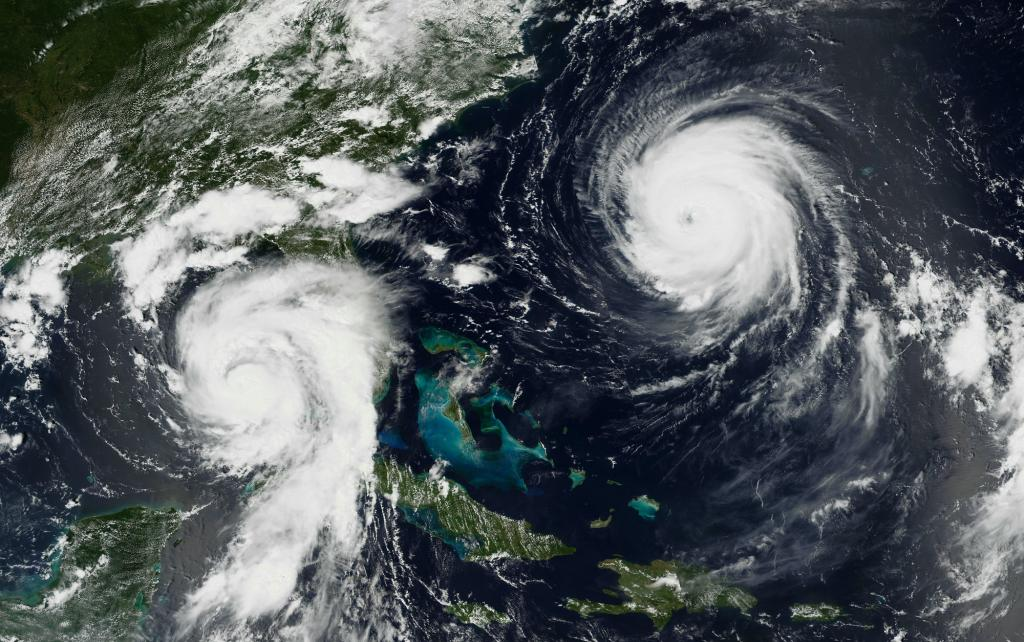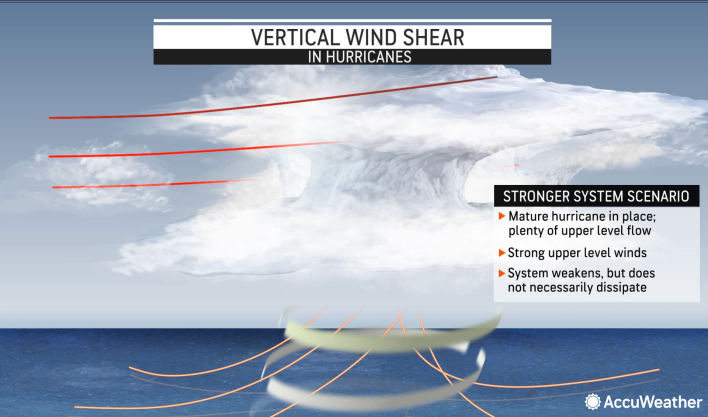Free Courses Sale ends Soon, Get It Now


Free Courses Sale ends Soon, Get It Now



Copyright infringement not intended
Picture Courtesy: https://www.downtoearth.org.in/blog/climate-change/what-is-wind-shear-an-atmospheric-scientist-explains-how-it-can-tear-down-hurricanes-96276
Context: Wind shear is a crucial force that can determine the severity of a storm, as it is a key factor in weather forecasting during the Atlantic hurricane season.
What is Wind Shear?
Types of Wind Shear
Role of Vertical Wind Shear in Hurricane Development
In the context of hurricanes, vertical wind shear plays a critical role in determining the strength and structure of these powerful storms.

Implications of Wind Shear on Hurricane Forecasting
Causes and Associated Weather Features
Impacts on Aviation and Weather
Conclusion
Source:
|
PRACTICE QUESTION Q. Which of the following best defines wind shear? A) The change in temperature with altitude in the atmosphere. B) The difference in air pressure between two points at sea level. C) The variation in wind speed and direction over a certain distance in the atmosphere. D) The movement of air masses from high-pressure areas to low-pressure areas. Answer: C |
© 2024 iasgyan. All right reserved